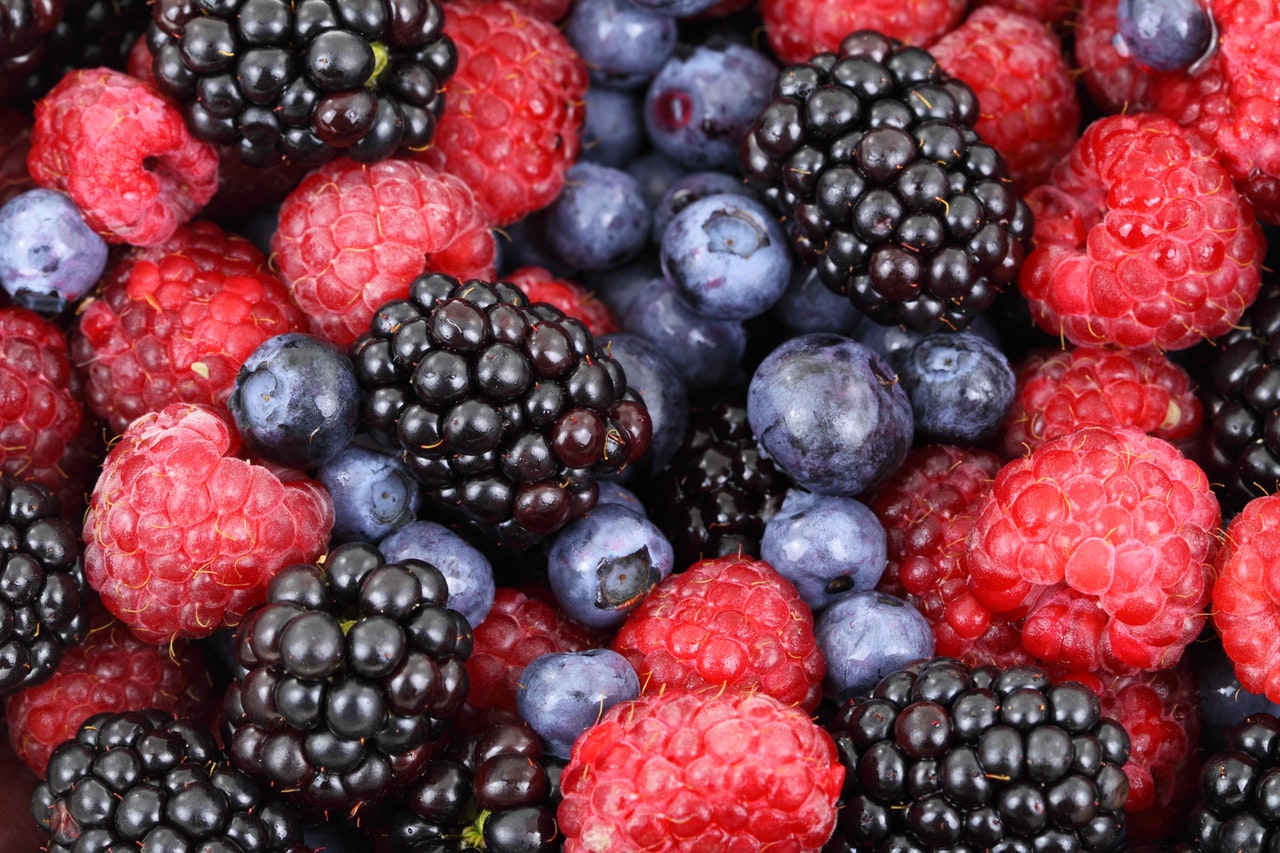When I first became a diabetic, people would tell me to stay away from fruit, “It’s high in sugar and carbohydrates”. While this is true for some fruits, most fruits, eaten in correct quantities are great for diabetics. To help myself, and others to make better fruit choices, I have ranked the most common fruits by how many carbohydrates they have per 100 grams:
- Rhubarb: 4.54 grams
- Olives: 6.29 grams
- Pink Grapefruit: 7.05 grams
- Watermelon: 7.55 grams
- Strawberries: 7.68 grams
- Avocados: 7.82 grams
- Cantaloupe: 8.16 grams
- White Grapefruit: 8.19 grams
- Honey Dew Melons: 9.09 grams
- Lemons (w/o skin): 9.32 grams
- Peaches: 9.54 grams
- Blackberries: 9.61 grams
- Limes: 10.54 grams
- Nectarines: 10.55 grams
- Papayas: 10.82 grams
- Apricot: 11.12 grams
- Plums: 11.42 grams
- Raspberries: 11.94 grams
- Cranberries: 11.97 grams
- Orange (Navel): 12.54 grams
- Pineapple: 13.12 grams
- Tangerine: 13.34 grams
- Passion-fruit: 13.60 grams
- Currants: 13.80 grams
- Apples (w/skin): 13.81 grams
- Guava: 14.32 grams
- Blueberries: 14.49 grams
- Kiwi: 14.66 grams
- Mangos: 14.98 grams
- Pears: 15.23 grams
- Coconut: 15.23 grams
- Cherries: 16.01 grams
- Grapes: 18.41 grams
- Pomegranates: 18.70 grams
- Fig: 19.18 grams
- Bananas: 22.84 grams
- Jack-fruit: 23.25 grams
- Plantains: 31.89 grams
- Persimmons: 33.50 grams
All values are taken from the USDA Food Composition Database.
For those of you who are questioning my sanity by including rhubarb, olives and avocados on this list, don’t blame me, blame the government. This is how they are classified.
Which of these fruits is your favorite? Let us know in the comments below.



Strawberries and blackberries